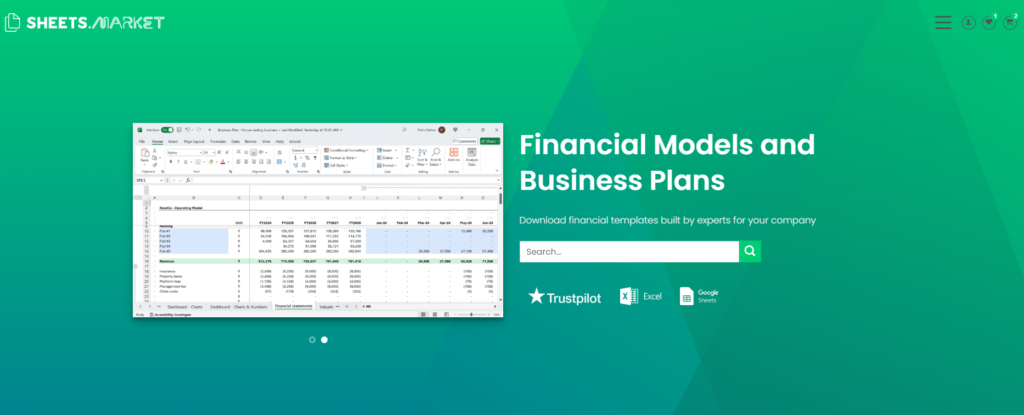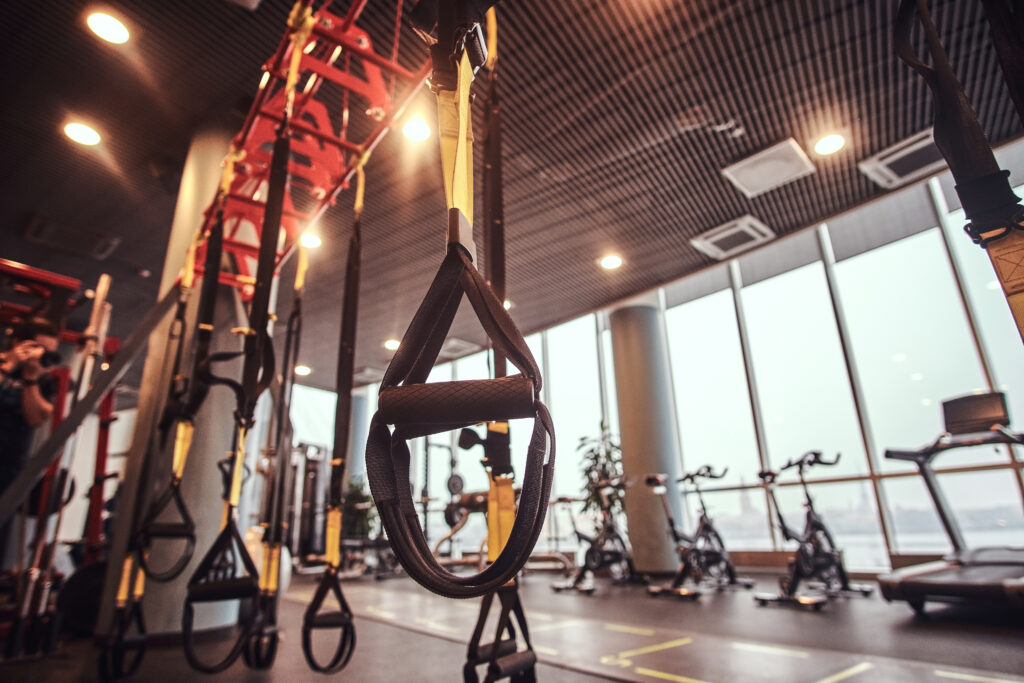Business Planning & Strategy, Financial Models
CrossFit Gym Profitability: Costs and Revenues Insights
CrossFit gyms operate in a niche, high-intensity segment of the fitness market with loyal communities and consistent attendance cycles. The model combines structured programming, small-group coaching, and community engagement to drive retention and pricing power. While class capacity is limited, profitability is driven by high average revenue per member (ARPM), coach utilization, and semi-fixed cost discipline. Successful boxes treat CrossFit not just as a sport—but as a service platform.
Asset Configuration
CapEx is moderate, emphasizing open-space layout, durable equipment, and minimal decor. A standard box requires 2,000–5,000 sq. ft. of industrial space with rig installation, rubber flooring, and well-ventilated zones.
| Asset Category | Cost Range (USD) | Notes |
|---|---|---|
| Strength & Conditioning Equipment | $40,000 – $75,000 | Barbells, plates, kettlebells, rowers, bikes, plyo boxes |
| Rig Installation & Flooring | $15,000 – $30,000 | Pull-up rigs, wall ball targets, rubber floor tiles |
| Reception & CRM Infrastructure | $5,000 – $10,000 | Front desk, lockers, CRM terminals, member check-in systems |
| Bathroom/Changing Areas | $10,000 – $20,000 | Optional showers, benches, storage |
| Sound System & Branding | $5,000 – $10,000 | Music, wall branding, timer displays |
Total CapEx: $75,000 – $145,000, scalable by location size and member volume. Franchise-affiliated boxes may incur additional branding or licensing costs.
Revenue Model
Revenue is membership-driven, with limited capacity per class. Monthly fees range from $140–$220, often with 3x/week or unlimited tiers. Additional revenue comes from foundations/onboarding, personal training, drop-ins, nutrition coaching, and merchandise.
Annual Revenue Potential – 200-Member Box, Mid-Tier Pricing
| Revenue Stream | Volume Assumption | Annual Revenue (USD) |
|---|---|---|
| Monthly Memberships | 200 members @ $165/month | $396,000 |
| Drop-Ins & Punch Cards | 1,000 visits/year @ $25 | $25,000 |
| Onboarding / Foundations | 200 new clients @ $125 avg. | $25,000 |
| PT & Skill Clinics | 500 sessions @ $80 avg. | $40,000 |
| Merchandise & Supplements | $500/week avg. | $26,000 |
| Nutrition Coaching Plans | 100 clients @ $300 avg. | $30,000 |
| Total | $542,000 |
Boxes with >300 members, strong event programming, and advanced coaching add-ons can exceed $700K–$900K/year. Low-rent, under-filled boxes often remain under $250K.
Operating Costs
Labor is semi-variable—coach pay is usually per class or per member. Other key costs include rent, insurance, cleaning, CRM, and basic equipment maintenance. Variable COGS are low.
| Cost Category | Annual Cost (USD) |
|---|---|
| Coaching Staff & PT Split | $135,000 – $160,000 |
| Rent & Utilities | $110,000 – $135,000 |
| Insurance & Licensing | $25,000 – $35,000 |
| CRM, Booking, Payments | $10,000 – $15,000 |
| Marketing & Lead Funnels | $25,000 – $35,000 |
| Cleaning, Repairs, Equipment | $15,000 – $25,000 |
| Total | $320,000 – $405,000 |
Efficient gyms with >80% capacity utilization and low churn can achieve 35–40% EBITDA margins. Overstaffing, weak sales pipelines, or poor retention drive margins below 15%.
Profitability Strategies
Core KPIs: average revenue per member (ARPM), member retention (MR), and class fill rate (CFR). Benchmarks: ARPM > $160, MR > 75% at 6 months, CFR > 80% peak hours.
Optimize onboarding with mandatory Foundations (paid) to boost conversion and increase LTV. Tier memberships to encourage upgrades to unlimited access, and cross-sell PT for specific goals (e.g., gymnastics, Olympic lifts).
Run quarterly challenges (e.g., “6-Week Transformation”) with defined pricing, community leaderboards, and referral incentives. Supplement revenue with branded merchandise, whey/pre-workout sales, and retail partnerships.
Automate lead generation with landing pages + CRM sequences, then schedule 1:1 intake consultations (not free trials). Convert >60% of consultations with urgency-based pricing (“$100 off if you start this week”).
Control cost through schedule balancing (coach only when needed), non-peak open gym, and minimal staff overhead. Strong community = high retention = stable revenue.
So what?
A CrossFit gym is not a volume gym—it is a high-touch, coach-leveraged, retention-powered fitness model. Profitability depends on member density, revenue per relationship, and community strength. Operators who structure intake, monetize coaching depth, and optimize per-class throughput can achieve 35–40% EBITDA margins on $75K–$145K CapEx. In CrossFit, intensity is the product but structure drives scale.

For a data-driven approach to launching and optimizing your CrossFit Gym business, use the Crossfit Gym Financial Model available on Sheets.Market. This pre-built template provides a structured financial forecast, cost analysis, and profitability projections—helping you make informed decisions and maximize returns. Get yours today to build a scalable, profitable business with confidence.



